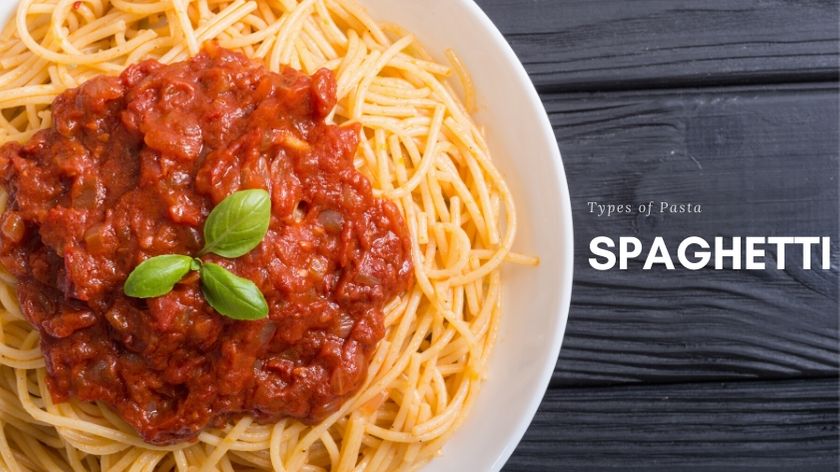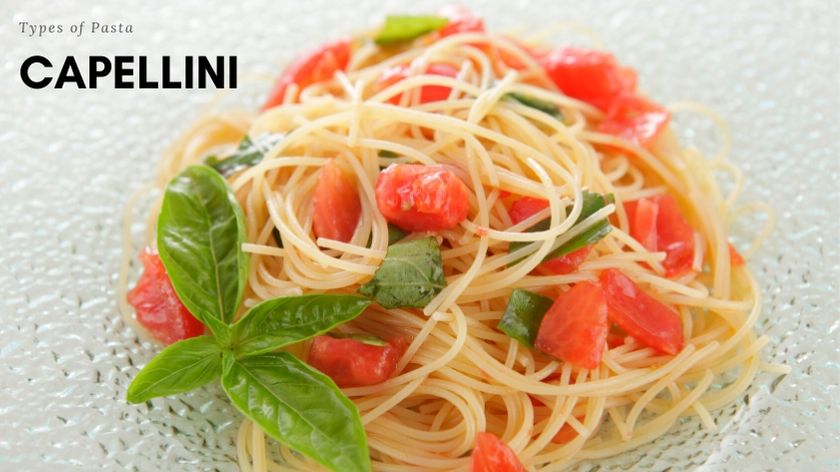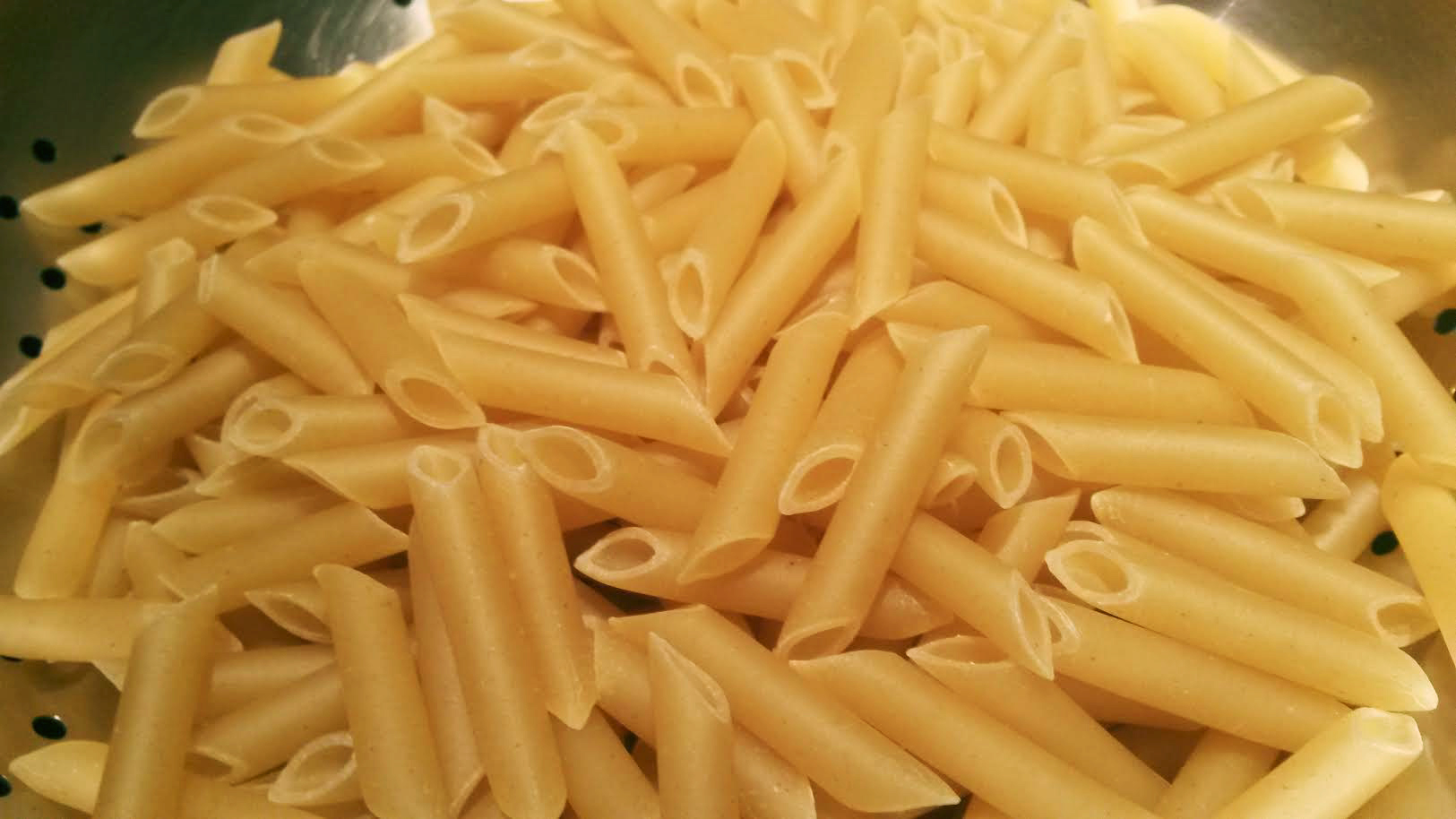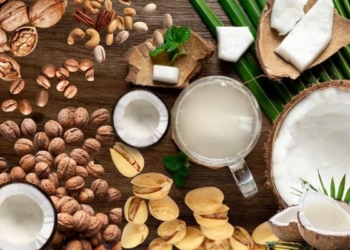It doesn’t take much time to finish that bowl of scrumptious pasta. But, have you ever counted the calories it contains? Consuming one bowl of refined pasta increases the risk of cardiovascular diseases by a significant level. Recent studies have shown that more people prefer refined pasta over its whole wheat variant. It is said that the whole wheat pasta are comparatively healthier than the refined ones. So, should you be worried about the pasta calories that your body is ingesting?
In the processing of Refined version, the manufacturers peel off the wheat kernel of the raw pasta. Due to this, the wheat layer takes out the nutrients and minerals along with it. As a result, calories form a major portion of your pasta while the fibre content in it reduces to negligible. This keeps you wanting for more.
Types of Pasta
Pasta comes in vegetarian and non-vegetarian variants. Now, the basic preparation step includes the mixing of semolina with egg or water. For preparing variants like spaghetti and penne, the prepared dough is cut into different shapes. Later, the final product is baked or cooked using hot water.

Predominantly, multiple Italian dishes use pasta as their routine base. The manufacturers substitute the fundamental wheat in the semolina with lentils, rice flour, and beans due to the increased demand of the variants. As a result, the production of wide varieties of pasta makes it possible to prepare unique dishes. The following are the names of the varieties of pasta, distinguished on the basis of its shape.
- Spaghetti
- Penne
- Riccioli
- Bucatini
- Capellini
- Anelli
- Linguine
- Lasagna
- Maccheroni
- Stringozzi
Generally, pasta is combined with hot sauce or soups. People of all ages and ethnicity love this combination. The pasta calories aren’t much talked about because its heavenly taste doesn’t leave much room for conversation. The ingredients in pasta sauce vary depending on the regions in Italy.


Northern parts of Italy are famous for their white sauce which uses tomatoes and garlic sparingly. On a similar note, the Bolognese meat-based sauce comes from Bologna in the Northern Italian province. Moving down to the South, the quantity and presence of tomatoes and herbs is imminent in the sauces.
Have you heard of amatriciana, arrabbiata, and carbonara sauces? The Central region of Italy flaunts the credit of these sauces.
Pasta Calories vs Instant Noodles Calories
It is estimated that over 10,000 million people consume instant noodles annually. Despite knowing its detrimental effects over the digestive system, people find it hard to resist its flavour. The quantity of preservatives in the tastemaker is unimaginable. The number of preservatives in instant noodles is high because of its required shelf life. Our body takes 2 to 3 days to burn the instant noodle calories. This is if you don’t exercise.
Processed flour, that has zero nutritional benefits, is used to make Instant noodles. The high sodium content in instant noodles crosses the demarcation of the daily consumption limit. This potentially increases the risk of heart diseases and intestinal problems in most consumer’s bodies. On this note, Spaghetti might prove to be a better substitute.
Did you know? The mass favourite Spaghetti is a variant of Pasta. The Spaghetti made from the whole wheat variant of Pasta (not the refined one) is not only good for the body, but it also contains added nutritional value. 100 grams of Spaghetti noodles contains 80 calories while the same quantity of instant noodles contains 420. So, if you’re planning on gaining weight, consuming instant noodles is the way to go.
Calorie Content in different types of Pasta
Whole Wheat Pasta Calories
Almost every second house globally has whole wheat spaghetti and macaroni in its kitchen. For the processing of spaghetti, firstly, the good parts of durum are filtered out to obtain semolina. This semolina is mixed with water (for vegetarian pasta) or egg (for non-vegetarian pasta). The dough later cut in different shapes like spaghetti or penne, to obtain the desired result.
Barring the concern of whole wheat pasta calories, the minerals and nutrients in this staple make it a healthy choice. The nutritional value of a cup of Whole wheat pasta when cooked, is as mentioned below.
- Calories – 174
- Fat – 76 mg
- Carbohydrates – 37.16 g
- Protein – 7.46 g
This content is present in one cup serving of cooked whole-wheat spaghetti. On adding the sauces and another garnishing, these numbers are sure to change.
Penne Pasta Calories
The ingredients used in making Penne pasta is the same as used in its cousin spaghetti. The only difference lies in its texture and shape. When you look at penne pasta, it appears cylindrical. Majorly, penne is categorized into two subtypes – penne lisce and penne rigate. The former is blessed with a smooth texture that glides into your mouth, while the latter has a furrowed appearance. Experienced chefs around the world have tried various sauces to mix and match with penne. Some commonly used sauces are marinara, pesto, and arrabbiata.
People believe that penne pasta calories are more than that of spaghetti. Let’s dive deep to learn more about the nutritional value of one cup penne pasta (cooked).
- Calories: 220.
- Fat: 1.29 g.
- Carbohydrates: 42.95 g.
- Protein: 8.07 g.
Dry Pasta Calories
Usually, dry pasta contains no egg to make it vegetarian-friendly. To prepare dry pasta, semolina and water are mixed to form a thick paste. Then, this paste is forced through different moulds to obtain the desired shape. Finally, the resultant mixture is put inside a low-temperature refrigerator. After a couple of days, the pasta is taken out when its moisture is completely evaporated.
Mentioned below is the nutritional value of a small serving (50 g) of dry pasta.
- Calories: 178 kcal.
- Carbohydrates: 0.8 g.
If we consider, the content of dry pasta calories is lower than most of the types of pasta. Using this dry pasta, you can prepare delicious casseroles, ragù sauces, and soups. But you know that already, don’t you?
The carbohydrates and calories in the sauce overpower the low-calorie content of the dry pasta. So, if you think you can get away by eating dry pasta, it’s time to focus on the empirical aspects.







